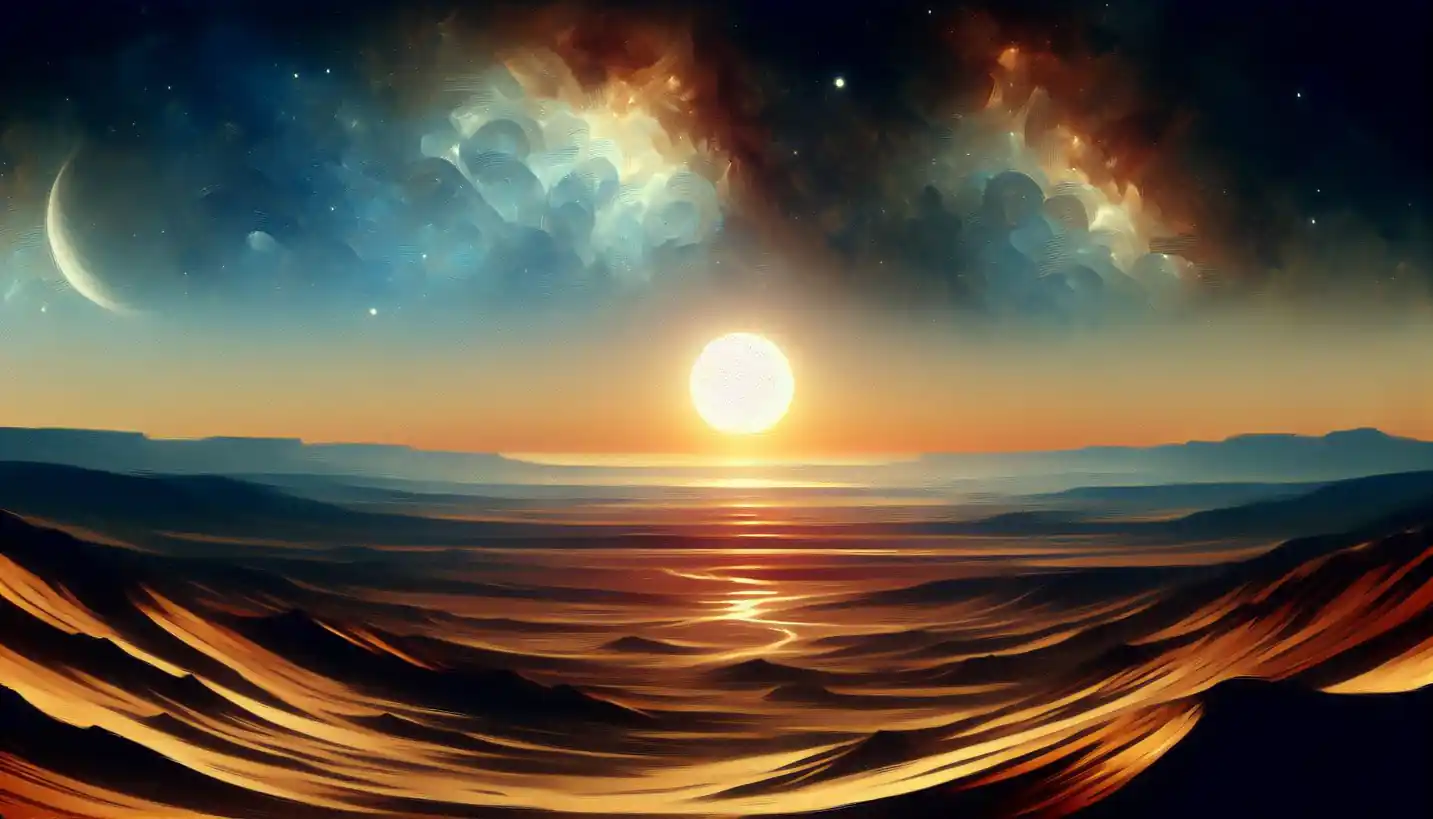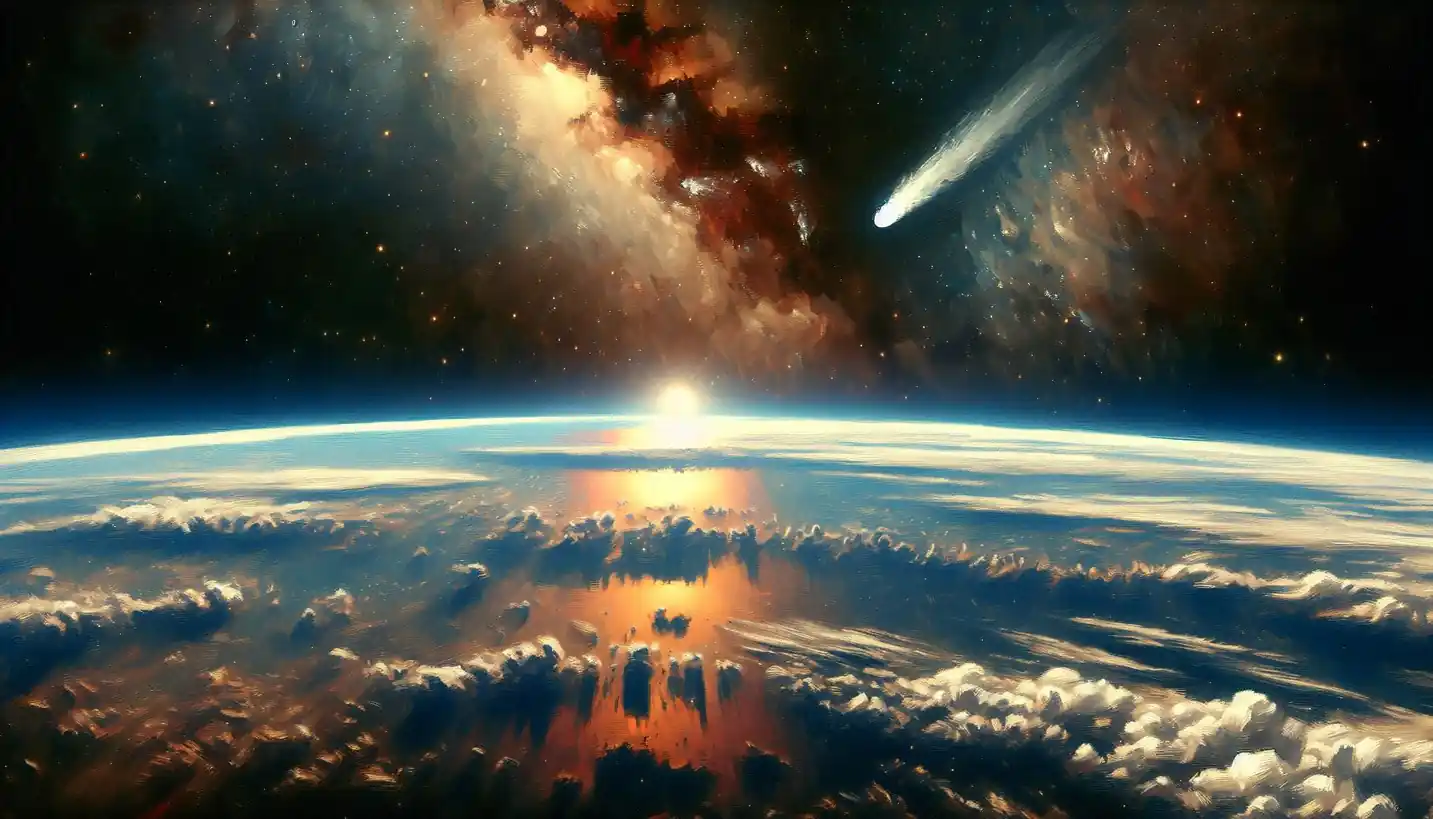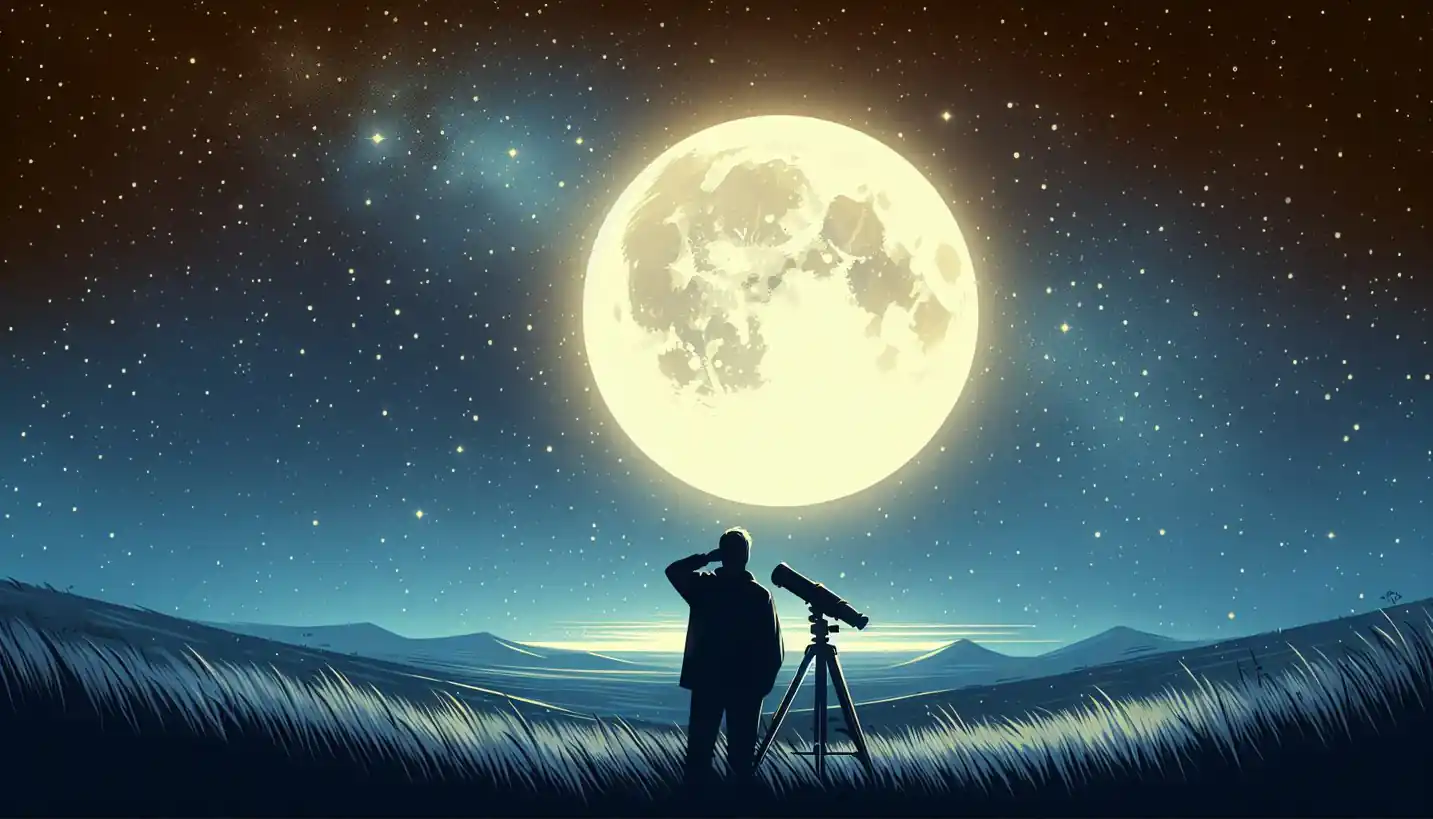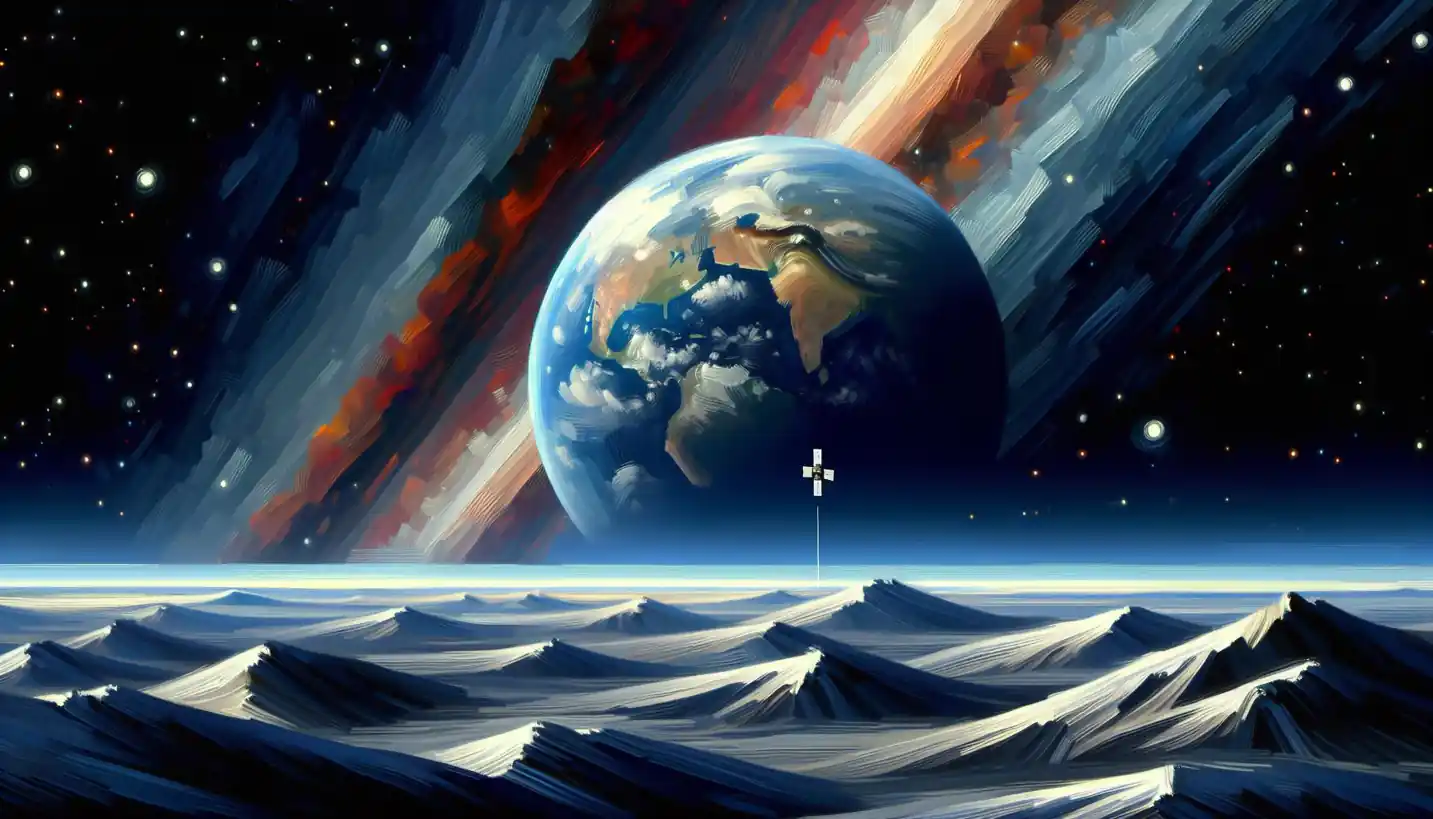· Astronomy · 5 min read
Panspermia: Unraveling the Cosmic Seeds of Life
Panspermia questions life's origins, suggesting cosmic seeding could be a universal phenomenon. Delve into how this theory might shape our understanding of life's spread.
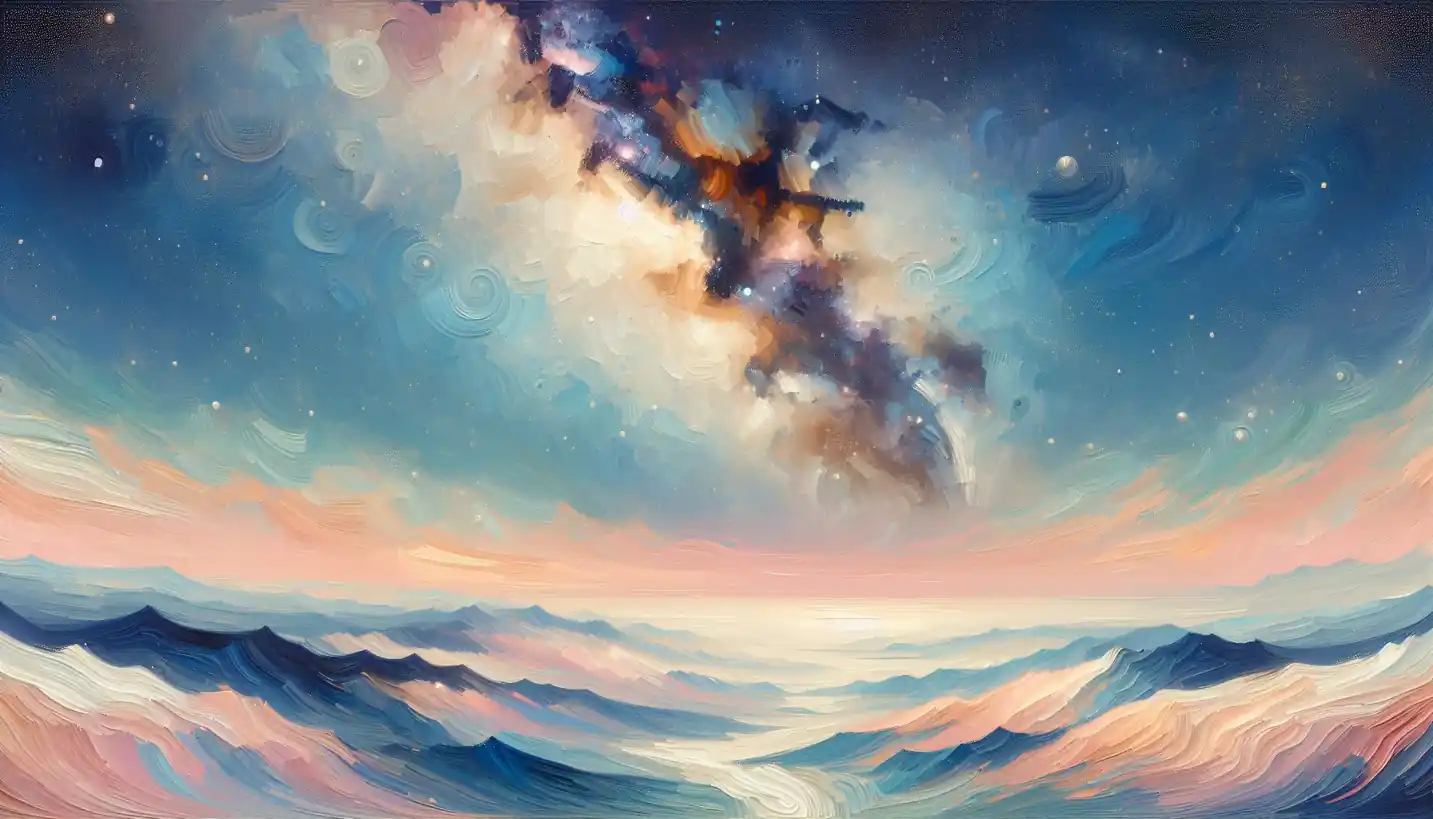
Every now and then, you might stumble upon a thought-provoker that makes you wonder about the very essence of existence. One such tantalizing idea in the field of astrobiology and astronomy is panspermia. Imagine this: what if life didn’t start here on Earth? What if life began elsewhere and wandered across the cosmos to find a new home? That’s the big idea behind panspermia.
What is Panspermia?
Panspermia is a scientific hypothesis suggesting that life exists throughout the Universe, distributed by dust, meteoroids, asteroids, comets, or even astronauts in spacecraft. The core idea is that microscopic life forms, such as bacteria, can survive the harsh conditions of space and travel from one celestial body to another.
To break it down a bit: “pan” means all, and “sperma” means seed in Greek. So, panspermia literally means “seeds everywhere.” It suggests that life’s building blocks or even life itself came to Earth from space, hitching a ride on cosmic debris.
The Origins of Panspermia
The roots of panspermia go way back in time. Many ancient Greek philosophers, like Anaxagoras, played with the idea that life’s building blocks might be universal. However, the modern concept took shape in the late 19th and early 20th centuries, with scientific advancements and growing aerospace knowledge.
One of the famous proponents was the Swedish chemist Svante Arrhenius, who proposed the idea of microbes traveling through space driven by light pressure. Later, it was further expanded by notable figures like Fred Hoyle and Chandra Wickramasinghe, who argued that life’s seeds might be spread across the galaxy.
The Science of Cosmic Hitchhiking
Now, let’s delve into how life might journey across the cosmos. First, life or its essential components must survive the extreme conditions in space: freezing temperatures, radiation, and a vacuum. Surprisingly, some extremophiles on Earth—tiny organisms capable of surviving extreme conditions—are tough enough for the job. In laboratory settings, bacteria like Deinococcus radiodurans have shown surprising resilience to radiation, giving hope to panspermia enthusiasts.
Moreover, experiments have shown that some microorganisms can endure space travel for limited periods. The International Space Station has hosted several studies on this, and guess what? Some hardy microbes survived the vacuum and radiation of space for years!
Possible Carriers: Meteoroids, Comets, and More
Cosmic particles like meteoroids, asteroids, and comets are the potential vehicles for these microscopic travelers. When these bodies impact Earth, they sometimes deliver meteorites. Interestingly, meteorites from Mars have been found on Earth, and vice versa, suggesting a natural exchange between planets. Inside these space rocks, scientists have discovered organic compounds and hints of past microbial life, sparking debates over their origins.
Astrobiologists hypothesize that as these space rocks travel through the solar system, they might scatter life’s seeds, especially during powerful collisions that eject material into space. The idea is that life didn’t just pop into existence on Earth; it might be part of a much larger universal tapestry.
Criticisms and Challenges
While panspermia presents a fascinating idea, it’s not without criticisms. One of the main challenges is the lack of direct evidence. Although we’ve found organic molecules and hints of life-essential elements in meteorites, we haven’t discovered extraterrestrial life itself.
Moreover, panspermia doesn’t solve the mystery of life’s ultimate origin; it merely shifts the question elsewhere. Essentially, it raises further questions: if life came from space, where did it initially begin, and how did it arise? These puzzles keep scientists actively searching for clues, both in space missions like those of Mars rovers and in deep-space telescopes.
Searching Beyond Earth
As we search for life beyond Earth, panspermia remains a driving concept. Missions to other planets and moons, like Mars and Europa, are partially inspired by the quest to uncover signatures of life or its building blocks.
Efforts like the Breakthrough Starshot project aim to send tiny spacecraft to other star systems, pushing the boundaries of how we might one day verify panspermia or similar hypotheses. If life’s building blocks—or even microbes—are discovered elsewhere, it could profoundly change how we view life’s distribution across the universe.
Implications for Humanity
The implications of panspermia are huge. If life is scattered throughout the universe, it suggests that life may not be unique to our planet. This raises philosophical questions about our place in the cosmos and encourages us to think about life on a cosmic scale.
Additionally, understanding panspermia can influence future space exploration strategies. It underscores the importance of planetary protection, ensuring that we don’t inadvertently contaminate other worlds with Earth life, or vice versa.
Spark Your Curiosity
This cosmic exploration invites us to wonder: Are we cosmic orphans, nurtured by the Earth’s unique environment, or are we part of an ancient, dispersed life system reaching across the universe? Could panspermia mean life constantly adapts and finds new homes, just like seeds borne on the wind?
Panspermia encourages us to look up at the night sky filled with stars and imagine a universe teeming with life, waiting to be discovered. As our scientific endeavors grow, who knows? The answers might just be out there, waiting to spark humanity’s next big leap in understanding.
Ultimately, the idea of panspermia is more than a scientific hypothesis; it’s a grand story about life’s resilience and potential to transcend earthly boundaries. It beckons us to explore, to probe further, and to ask the ever-important question: Are we alone in the vast expanse of space, or are we part of a cosmic journey much greater than ourselves?
